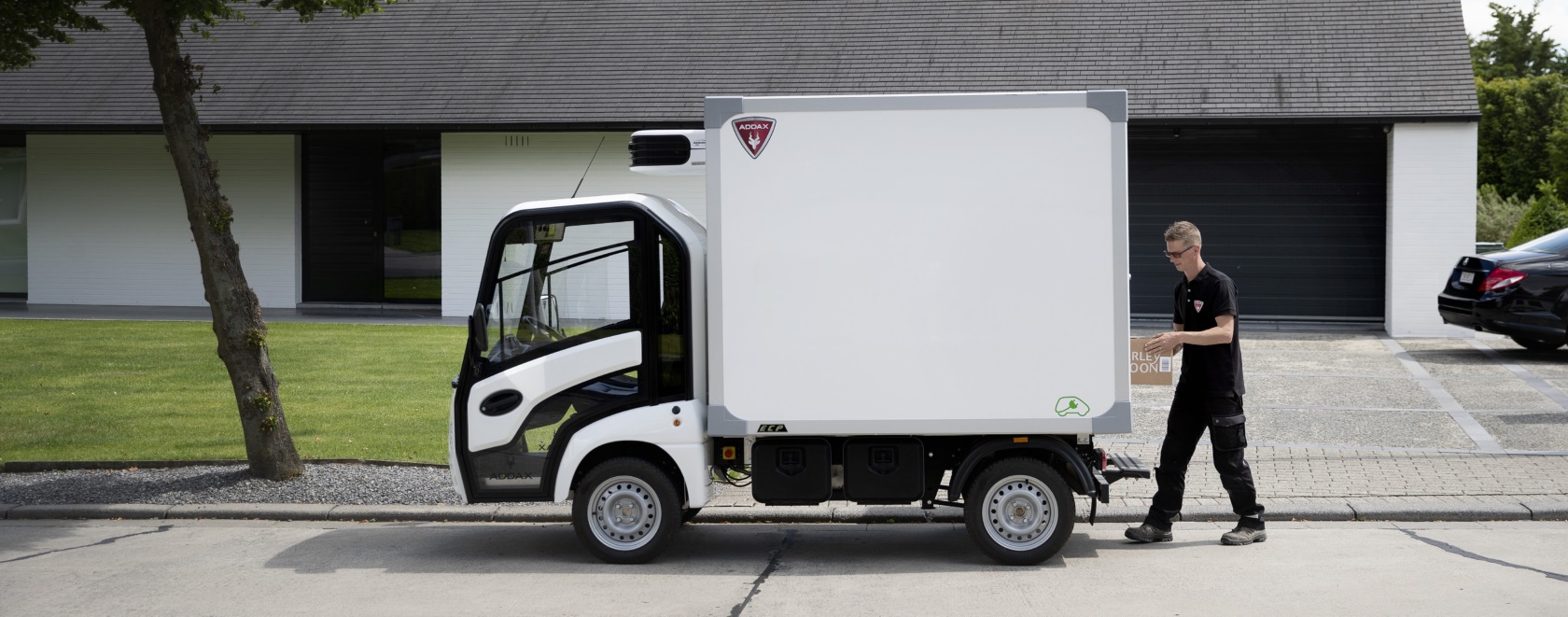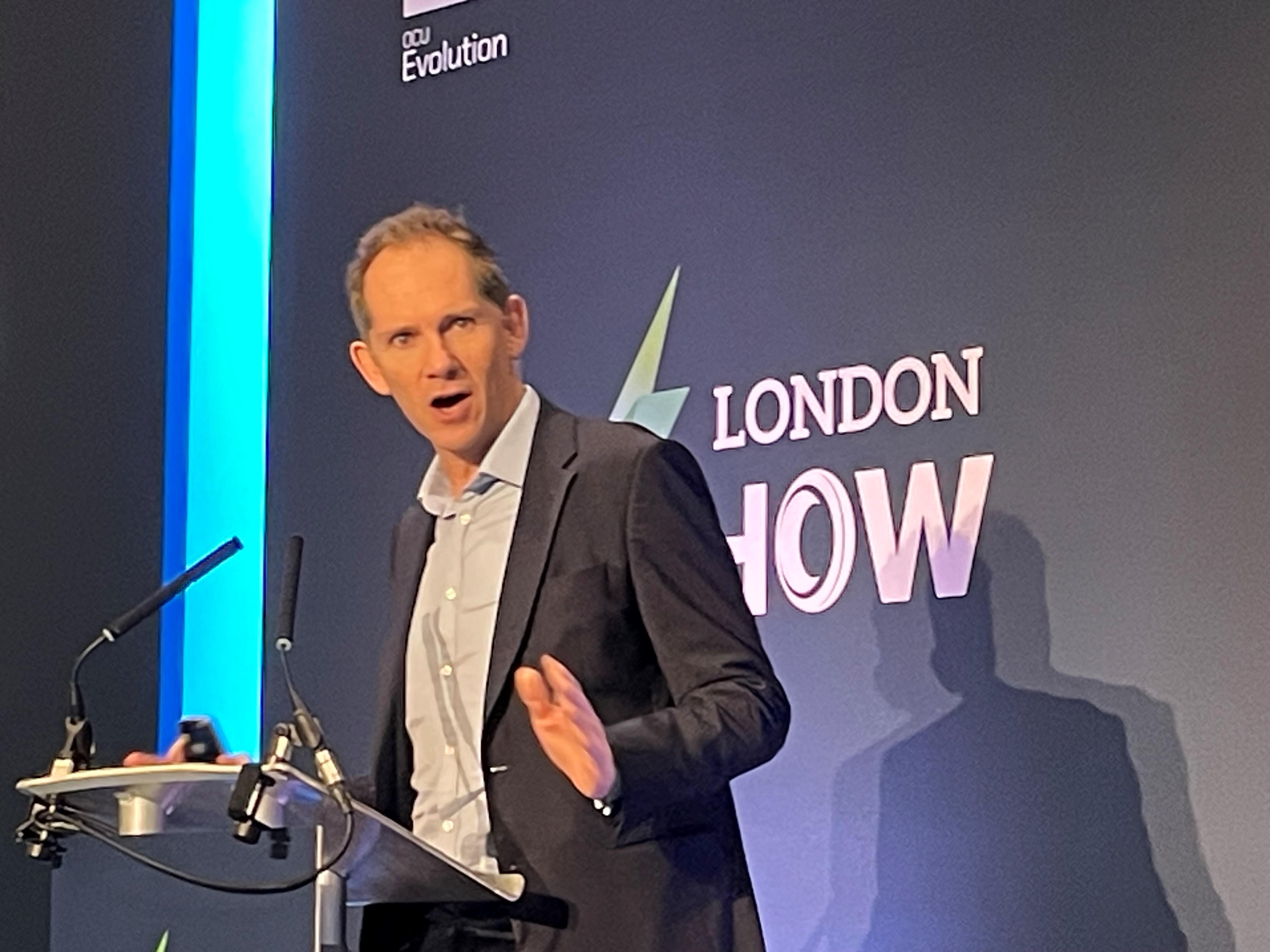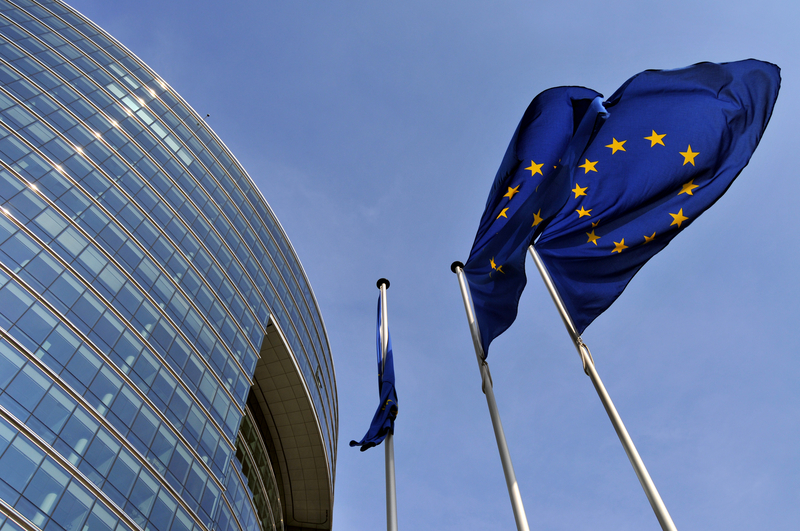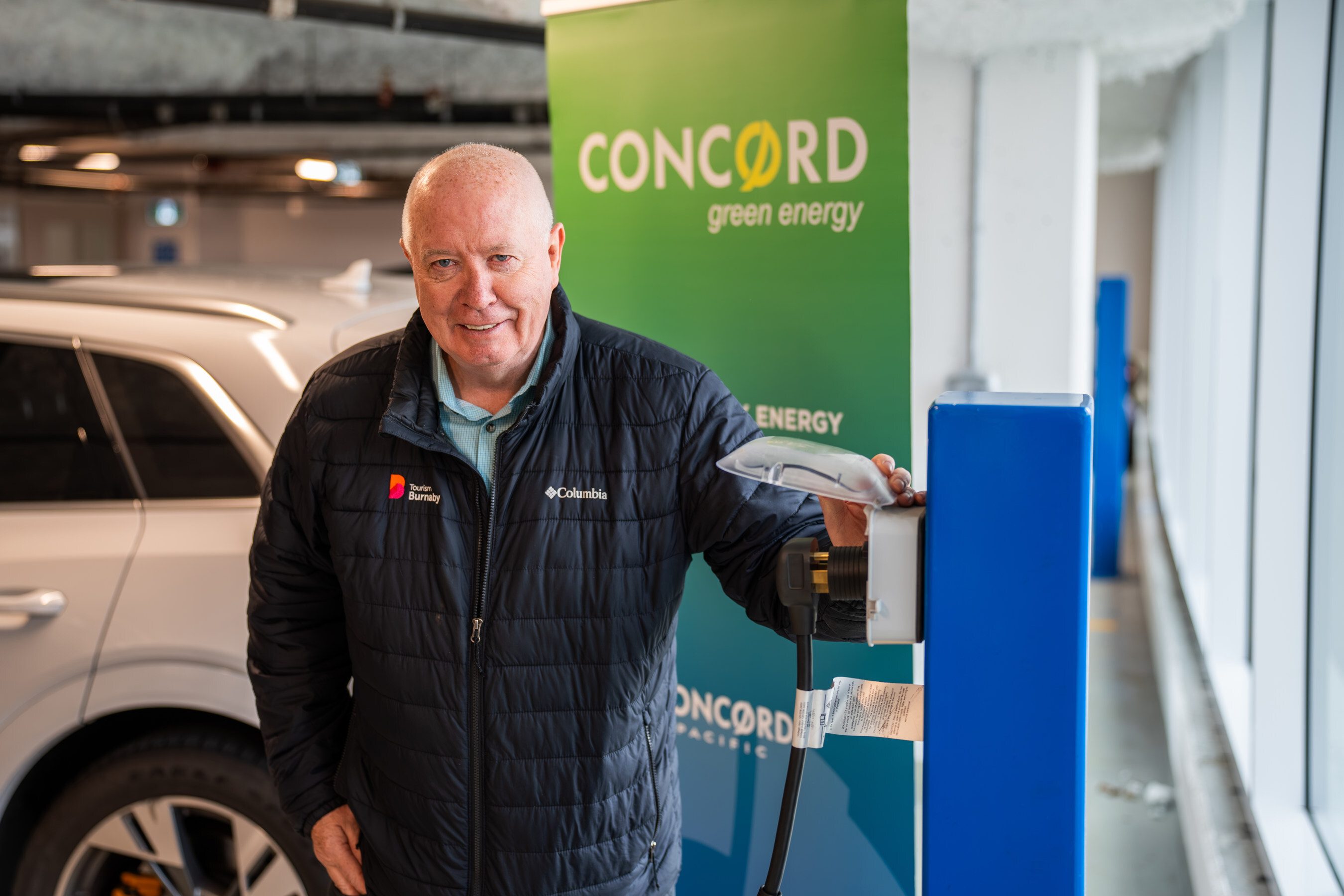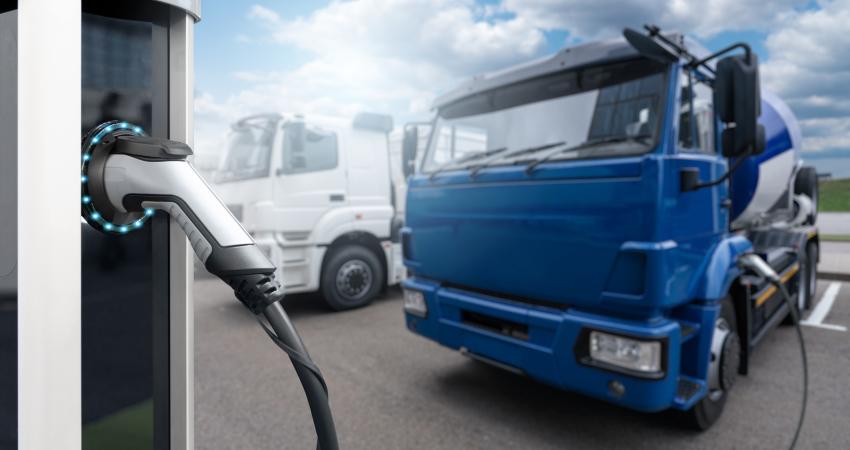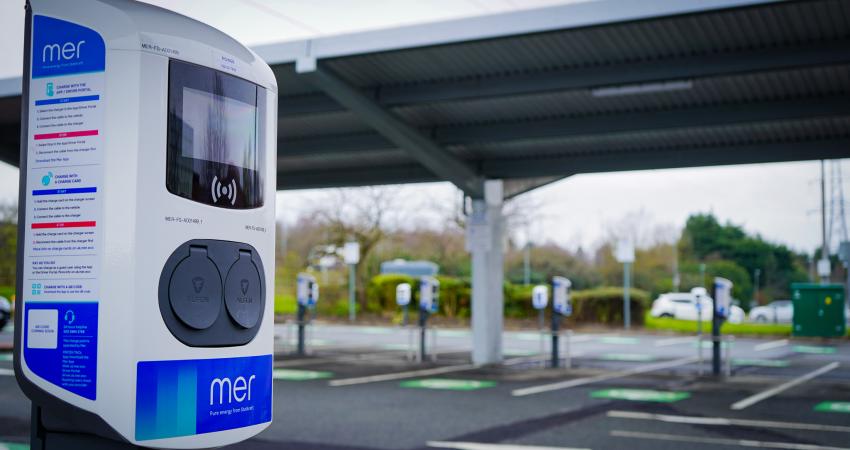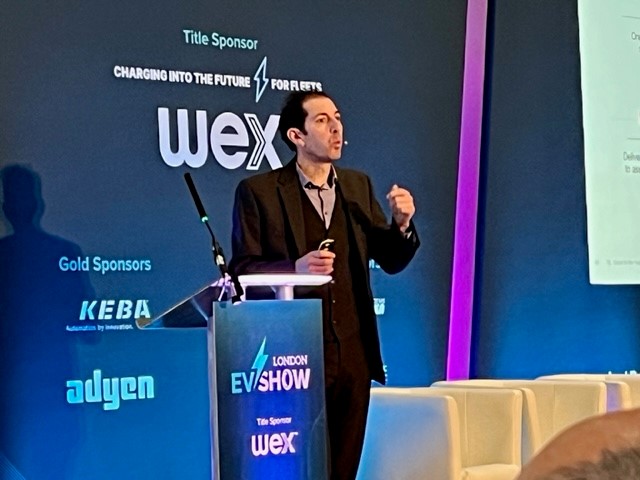
“We’re hoping to export our technology and ideas to the rest of the world in the coming years,” he told conference attendees at the recent London EV Show 2022.
Gilbert, who works for the commercial development arm of TfL, says that the UK capital is working hard to become: “A leading smart, renewable city.” And its solutions will be driven by growing numbers.
According to Gilbert: “By 2041, the MTS forecasts a city with 2.1 million more people living in London, a 100% increase in rail and tube (underground metro) use, 6 million more trips per day on the network, and a 55% increase in bus use.”
London is planning to build 65,000 more new homes every year to 2041, and is planning to encourage 80% of all trips made within its boundaries to be made on public transport, by foot or bicycle.
The plan is bring as many elements of the TfL estate together as possible to satisfy this demand, and to provide “an integrated and holistic” solution. “We own a lot of land and property,” says Gilbert. “We will cover every bit of roof space we’ve got with solar panels, for instance.” TfL is one of the city’s single biggest real estate owners.
The vision is: “A net-zero carbon target for London achieved by 2030, and better air quality for all.” By the end of this decade, London estimates that it will have approximately 1.1 million to 1.4 million electric vehicles on its streets, representing 34% to 49% of the city’s entire light vehicle fleet.
This is a rapid growth curve from the 350,000 cars and light vans that London has today and, Gilbert told the conference: “By 2030, London will require between 40,000 and 60,000 new public charge points, including at least 3,000 to 4,000 rapid charge points.”
It is an ambitious plan, and it will be supported by policies such as ULEZ (ultra-low emission zones) across the city, including the outer suburbs, and the inner-city congestion charge zone.
This joined-up, metropolis-wide approach will help develop an implementation template for TfL, one that could be used in many other places around the world. The changes are being fully endorsed and promoted from the top, by the “Mayor of London’s EV infrastructure Taskforce.” More than 1,000 buses are currently being converted to zero-emission vehicles every year with electric and hydrogen options being used.
Gilbert is using collaboration “as much as possible,” plus “demand analysis, which we match to our supply options.” He has developed “heat maps,” and is determined to “put charging hubs everywhere we can and use every idea going … induction, wireless, pantograms. Whatever.”
These charging hubs, he adds, will have: “A culture of clean and safe space. Somewhere to have a coffee, use a climbing wall, do some yoga. Standards will be high. We are going to perfect all this, and more, and export our learning around the world.”




